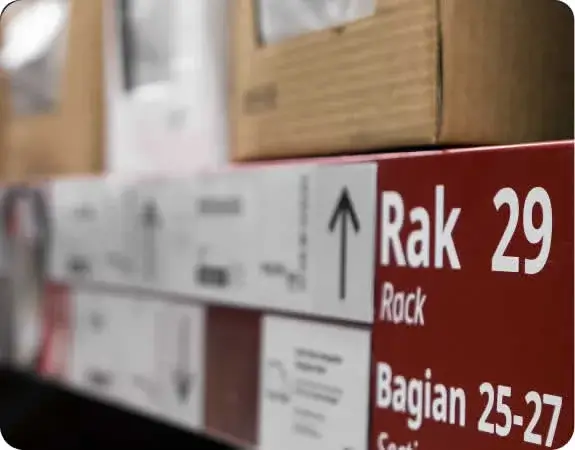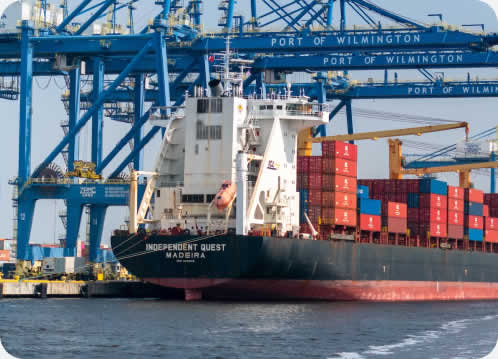Warehousing
As one of the top logistics fulfillment companies, we operate nearly 50,000 square feet fulfillment warehouse that is well-equipped with a high standard of storage and security measures.
Amazon FBA and many 3PL warehouses charge high storage fees and penalize you for peak-season and long-term surcharges. At Gladstone Fulfillment, we only charge an all-year flat rate for the inventory space you actually use, whether you are small or big, short-term or long-term, regular or peak season.
Amazon FBA and many 3PL warehouses charge high storage fees and penalize you for peak-season and long-term surcharges. At Gladstone Fulfillment, we only charge an all-year flat rate for the inventory space you actually use, whether you are small or big, short-term or long-term, regular or peak season.

Inventory Management
Accurate fulfillment and careful inventory management is the number one rule in our warehouse. Our experienced team keeps our inventory accuracy rate as close to 99.9% for order fulfillment and inventory management.
Our Warehouse Management System seamlessly operates all services including transportation, receiving, inventory control, and order processing. Our WMS also offers cloud-based client portal – giving you real-time visibility into inventory levels and order status.
Inbound Receiving
Whether your goods are coming from oversea or domestic, our receiving team is always ready to receive, inspect, and check them into the inventory system as quickly and accurately as possible.
- Container Unloading/Live Unloading
- Truck Deliveries
- USPS/UPS/FedEx packages
- Quality Inspection
- Receiving Report


Outbound Shipping
Whether you are shipping a small parcel, a pallet or full truckload, our experienced Freight Service Team offers reliable logistics services to meet your needs.Supported Shipping Carriers:
- USPS, UPS and FedEx (Daily Pick Up)
- FTL and LTL Freight Transportation
- Same Day/Next Day Expedite Services
What is Warehouse Management?
Warehouse management involves overseeing and controlling the day-to-day operations in a warehouse. This includes inventory management, shipping and receiving, and ensuring efficient use of space. By implementing effective warehouse management, businesses can improve their operational efficiency, reduce costs, and improve customer satisfaction.Key Components of Warehouse Management
Inventory Management
Involves tracking and controlling inventory levels. This includes receiving products, tracking their location, and shipping them out as needed.
Space Utilization
Efficient use of warehouse space is crucial for storing more products and reducing costs. This includes optimizing the layout of the warehouse.
Shipping and Receiving
Responsible for managing the flow of goods in and out of the warehouse. This includes planning and scheduling shipments and receipts to ensure timely delivery.
Safety and Security
Ensure the warehouse is a safe environment for employees and that goods are secure. This includes implementing safety measures and securing the premises.
Labor Management
nvolves managing the warehouse staff. This includes training, scheduling, and ensuring productivity.

Warehouse Management Process
A typical warehouse management process involves the following steps:
1
Receiving
The process begins when goods are delivered to the warehouse. Each delivery is checked for accuracy and logged into the inventory management system.
2
Put-Away
Once the goods are received, they are moved to their respective storage locations. The location is updated in the inventory management system.
3
Storage
Goods are stored safely until they are needed. Regular checks are performed to ensure the goods are in good condition and the inventory data is accurate.
4
Picking
When a customer order is received, the relevant items are picked from their storage locations and prepared for shipment.
5
Packing
The picked items are then packed securely for shipping. The packing list, invoice, and shipping label are prepared at this stage.
6
Shipping
The packed goods are shipped to the customer. The inventory levels are updated, and the order status is set to 'Shipped'.
7
Returns Processing
If any goods are returned by customers, they are processed according to the company's return policy. This may involve checking the goods, updating the inventory, and processing a refund or exchange.
